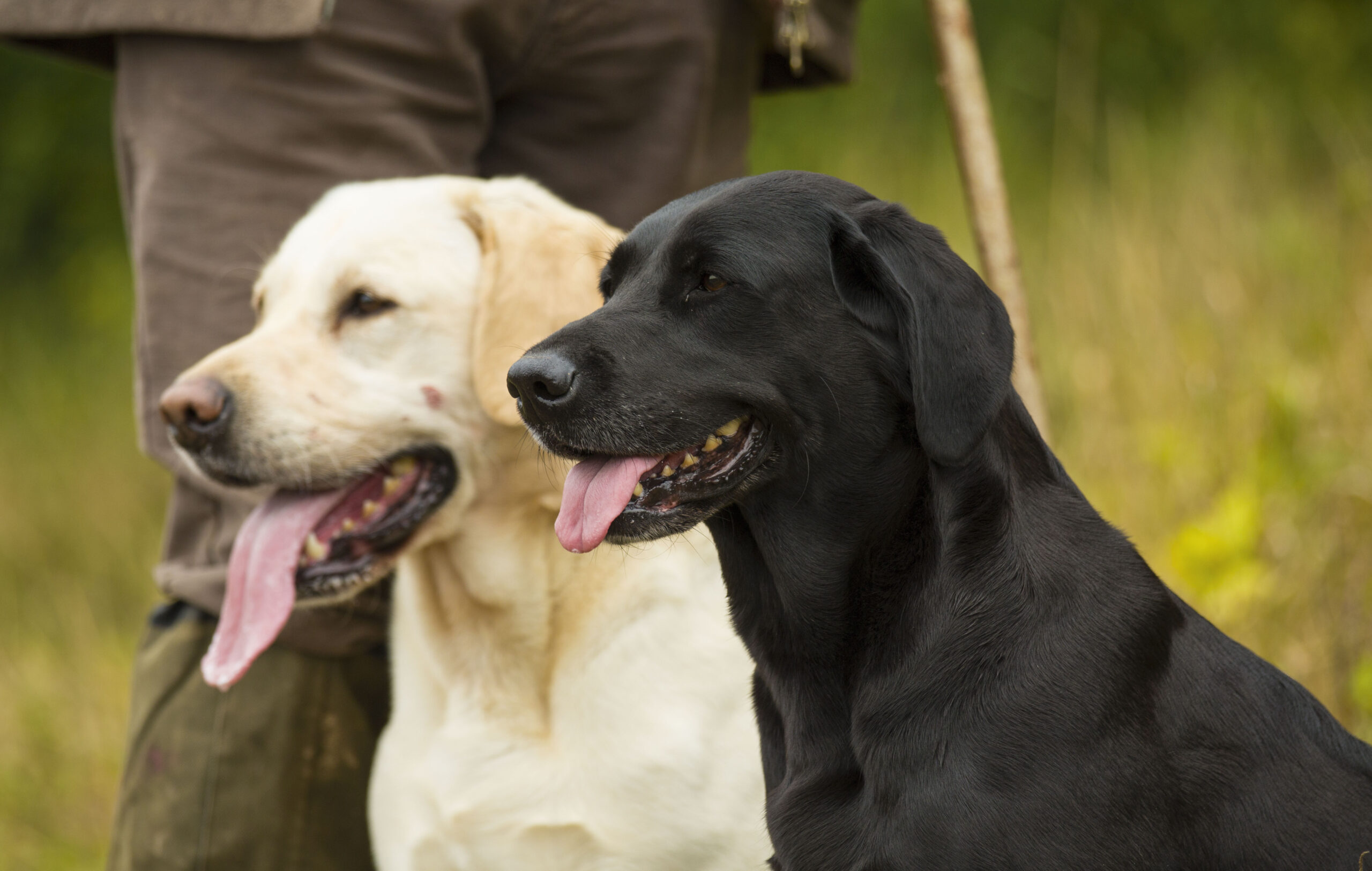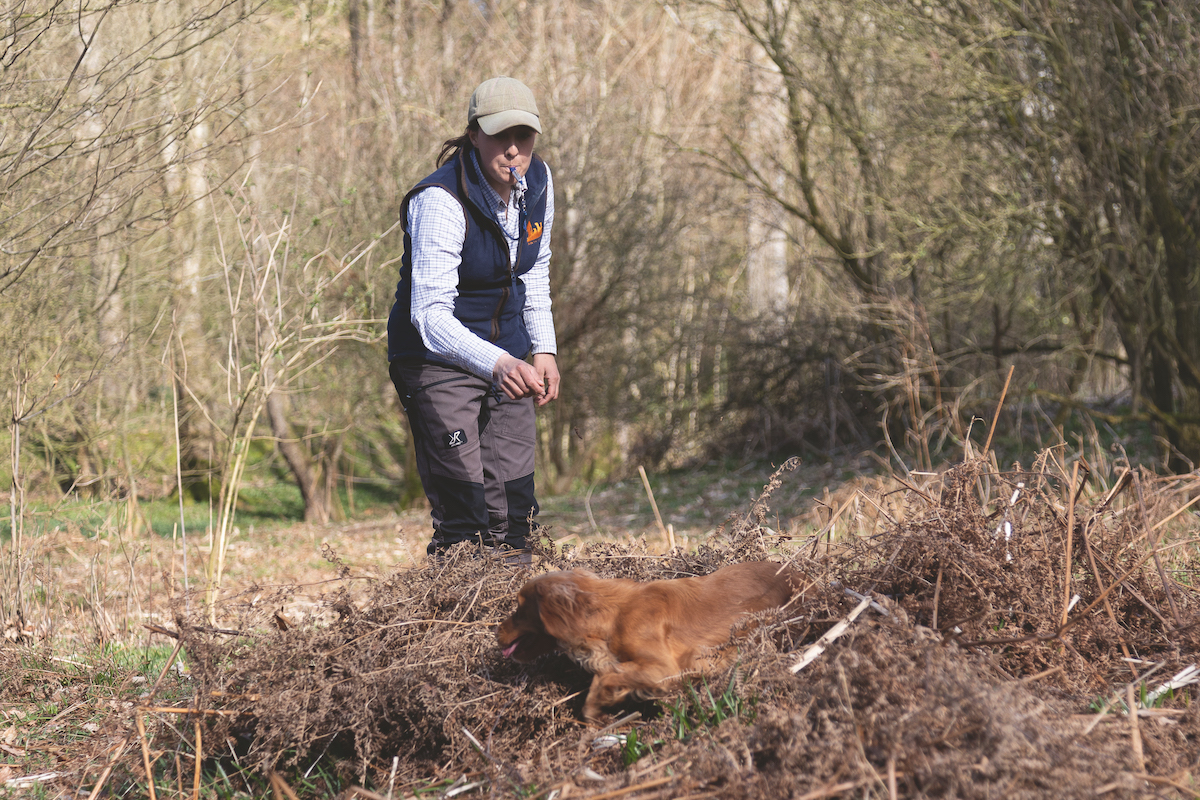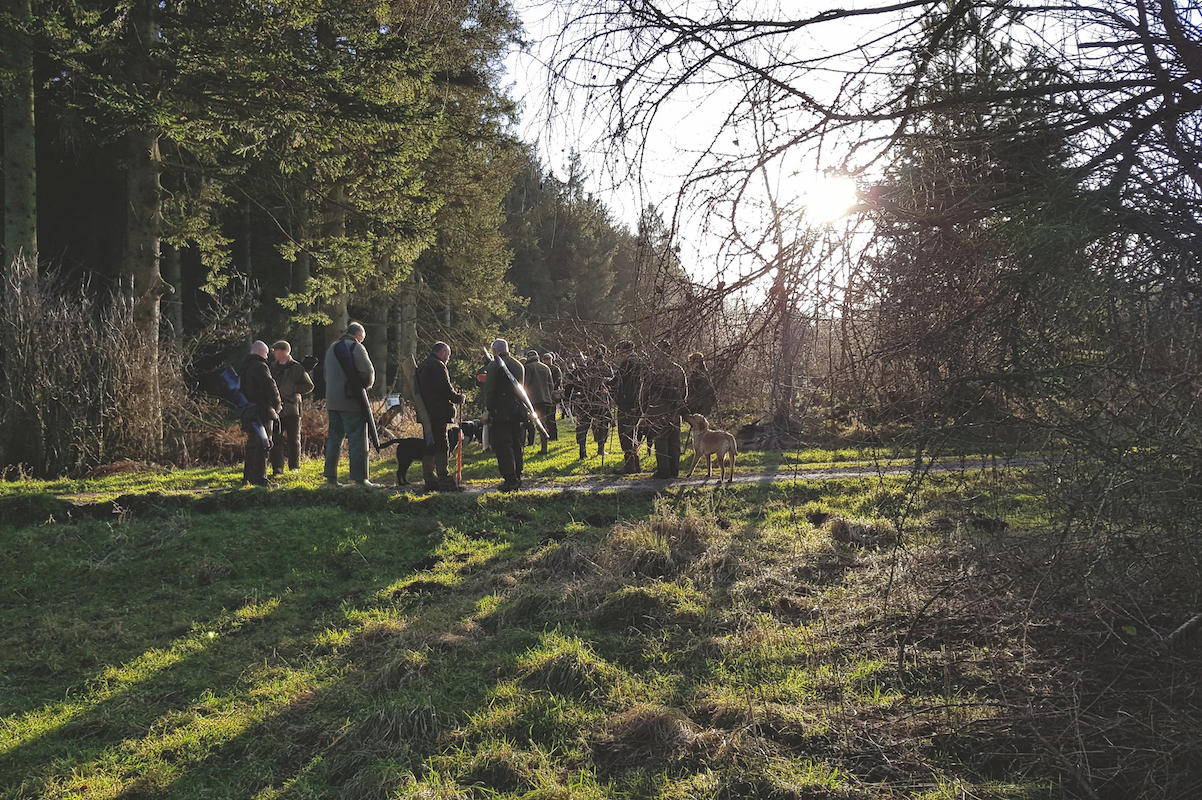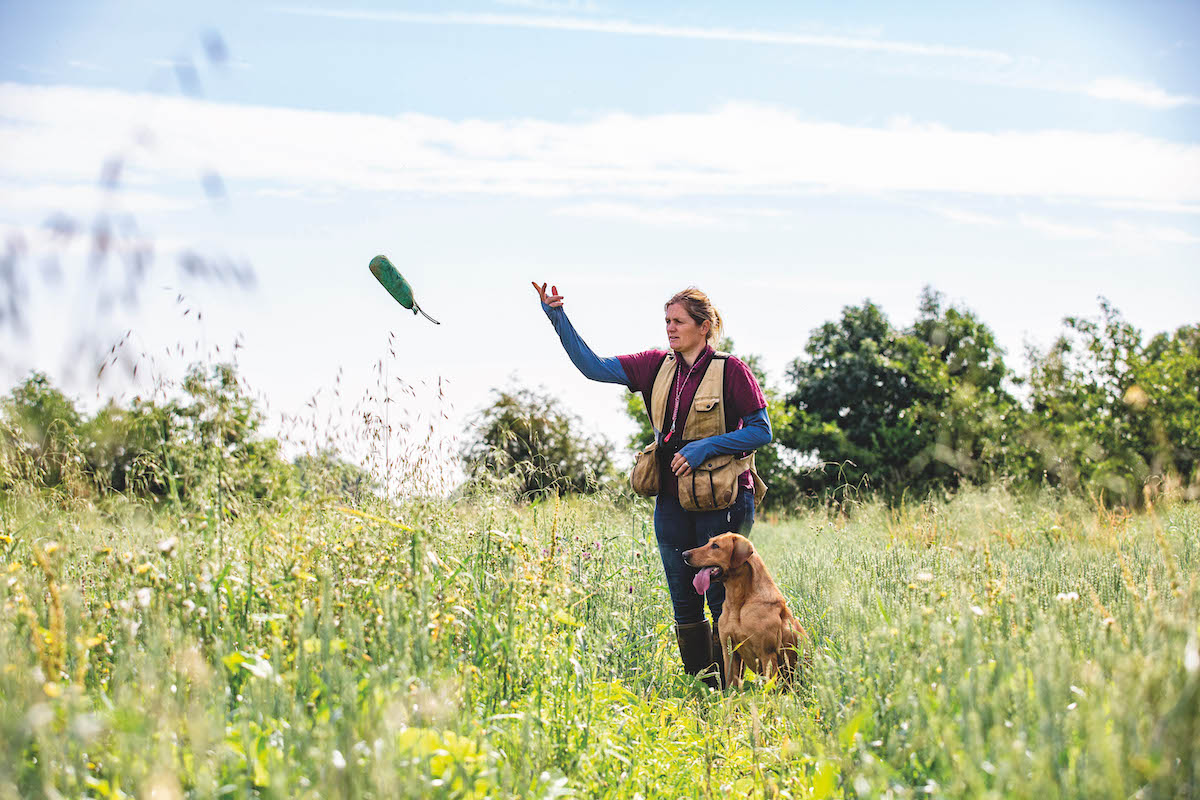Professional gundog trainers and amateur gundog trainers
Professional gundog trainers and amateur gundog trainers both want to achieve the highest standards. Graham Cox examines what the two labels actually mean.

Field trials are, by any reckoning, a very distinctive sporting activity. Nobody pretends they are not a sport in their own right, but neither would anybody be reluctant to acknowledge they derive their ultimate rationale from another sport, namely game shooting, and thanks for that community’s perennial generosity are anything but token.
A hoped-for outcome – and it was clearly the aim of those who instituted such public examinations of gundog competence – is the improvement of dogs for shooting. Accordingly, judges are required “to have the interest and future of the breed or breeds at heart, since final placings may influence breeding plans and so determine the course of breed development”.
What certainly needs adding, though, is that trials are an all-but unique sporting activity. Quite apart from their ‘sudden death’ quality, consider the following: trials are not, and never have been, ‘sexist’ in the sense that women and men compete on equal terms and have always done so. Neither are trials, in any way, ‘ageist’ in that neither upper nor lower age limits apply. And since experience is every bit as significant as the mostly moderate physical demands of the sport, many of its most competitive practitioners are well beyond the first flush of youth.
Finally, unlike many other sports, field trials are permanently in pro-am mode, so the rawest tyro running in their first novice stake may find themselves alongside an Ian Openshaw or John Halsted running a young dog in that same competition. Taken together, these features make for a remarkable mix and they mean that typically no discriminations come between the judges and their task of finding the dogs which please them most.
What makes a professional gundog trainer?
It’s that pro-am quality I want to focus on because it is all too easy to suppose that proposed changes to championship qualification, for instance, will favour the professional gundog trainer. In relation to the significant issues bearing on the organisation and future of the sport, though, the distinction between amateurs and professional gundog trainer is unhelpful. Worse: it is positively misleading.
That’s because we are forever using the term ‘professional’ interchangeably in at least two quite distinct senses. Technically it refers to those who, perhaps among other commercial activities, train and possibly handle dogs in field trial competition for owners who are their clients. More commonly, however, we use the term in a loose way to describe those who are committed; who set themselves high standards and are serious about what they do, in that they devote considerable time and other resources to the activity. And although such processes are manifest to different degrees in the different principal so-called sub-groups of retrievers and spaniels, for instance, the key trends are unmistakable. Post-war developments have resulted in there being relatively few of the former and a competitively significant number of the latter.
Bill Meldrum: The Queen’s former headkeeper talks gundogs
Bill Meldrum may have lived down south for more than 50 years but he is a Scottish gamekeeper through and…
Which gundog breeds are best at picking-up? Labradors or springers?
Dog breeds: When it comes to dog breeds, which is best for picking-up: labs or spaniels? We ask two experts.
The bare bones of the story are familiar enough and two examples of unheralded professional gundog trainers from the past will suffice. John Cady ran nine times in the IGL Retriever Championship, beginning in 1913, and won it three times. But we know precious little about him. Similarly Tom Gaunt is not well known. But between 1912 and 1952 he ran 11 times, giving Lorna Countess Howe her fourth win in 1936 when he handled her FTCh Balmuto Hewildo, and he was runner-up in 1930 and 1931, too. That era was not eclipsed by the effects of war, but significant changes accompanied the process of rebuilding, often almost from scratch. Gamekeepers made up almost 20 per cent of Labrador Club membership in 1946, but 10 years later that figure had dwindled to three per cent. Standing at 345 in 1960, the club’s membership had more than doubled by 1980 and 10 years on topped the 2,000 mark.
The first working test was held in 1947 and the growth of clubs and associated training classes were elements of a burgeoning process of participation, which was clearly evident in the 1960s and has continued. In the 30 years between 1960 and 1990, the number of field trial meetings increased from 96 to 422, and the total is now approaching 700. Compared to the era when Vincent Routledge could dedicate his little red book The Ideal Retriever, published in 1929, to the ‘Professional Trainers of Gundogs’, the significance of professionals in the strict sense of the term has in some – but by no means all – ways receded.
“Only fools and millionaires”
It would be naïve, though, to suppose that these shifts can readily be characterised as a process of democratisation. The level playing field which can be assumed in judging is conspicuous only by its absence in the matter of preparation, time and resources. A graphic phrase that I have in mind comes from two community power analysts who, in their Middletown study, suggested that America was an arena in which “chickens and elephants have an equal chance to dance”. Well, for America read field trials. The late John Kent, doyen of gundog professionals, had it about right when he said: “Only fools and millionaires go field trialling.”
Resources, not least time, matter, and they are not equitably distributed. Ground and associated facilities for training are variable and there are the privileged and the less so. Some are better able than others to travel considerable distances, not only to compete but to train as well. And given the competition to get runs in trials, those who are available to run at any time, or who can take up a late offer of a run, will inevitably enjoy more chances. All this is obvious enough, and it’s not difficult to think of other disparities which will have a bearing on the ability to compete, especially at the higher levels.
There are more professional gundog trainers than you think
Now, in relation to many of these factors, professionals, in the strict sense of the term, may well be in a favourable position. But they are certainly not uniquely so. And just as professional gundog trainers do not tick many of the boxes which typify the classic professions of medicine, the law and academia where self-regulation and specialist bodies of knowledge are characteristic, gundog amateurs, who are fiercely professional in the second sense of the term, bear scant relation to the old – and probably mythic – Corinthian ideal.
The rise and rise of field trial training days, as something distinct from and additional to club training classes is the most obvious aspect of processes of commercialisation and professionalisation, which are now thoroughly established. What previously were informal and customary arrangements have been formalised and then commercialised and the pressures to tread that road are considerable. Increasingly ‘professional’ amateurs crowd the extensive lists of those who have entered trials.
All this means that those who argue that changes are unacceptable because they would ‘favour the professional gundog trainer’ have to think again. They have no choice but to cast the net encompassing those they are speaking of far wider than they might have supposed.










